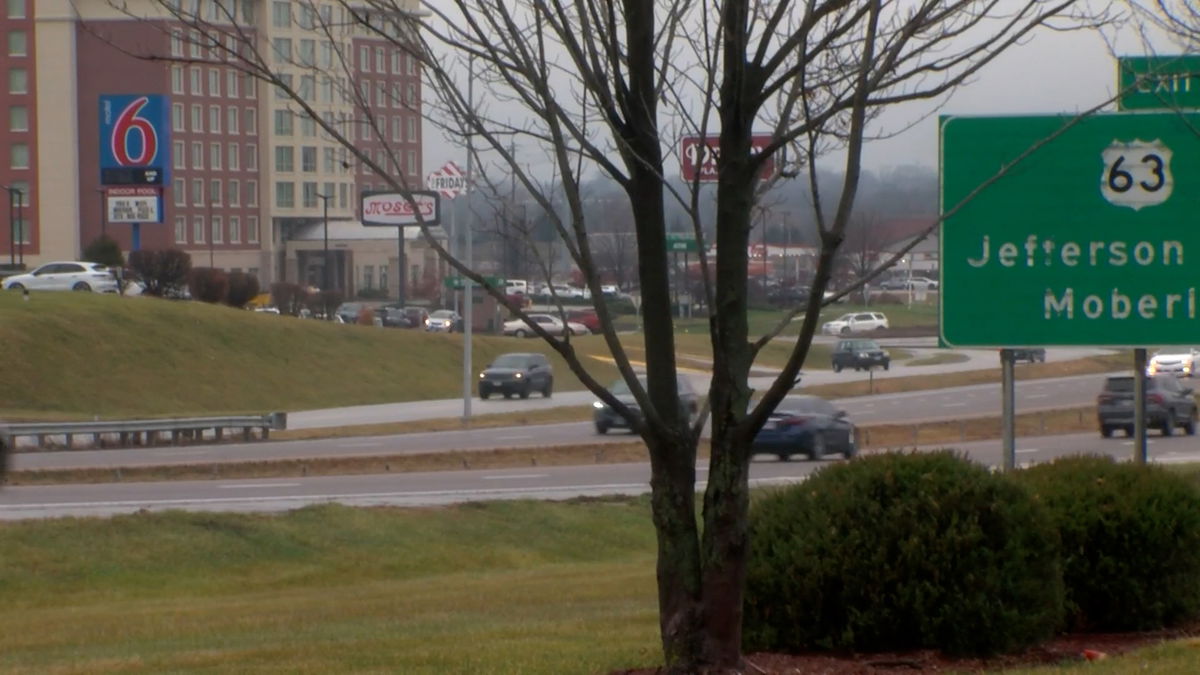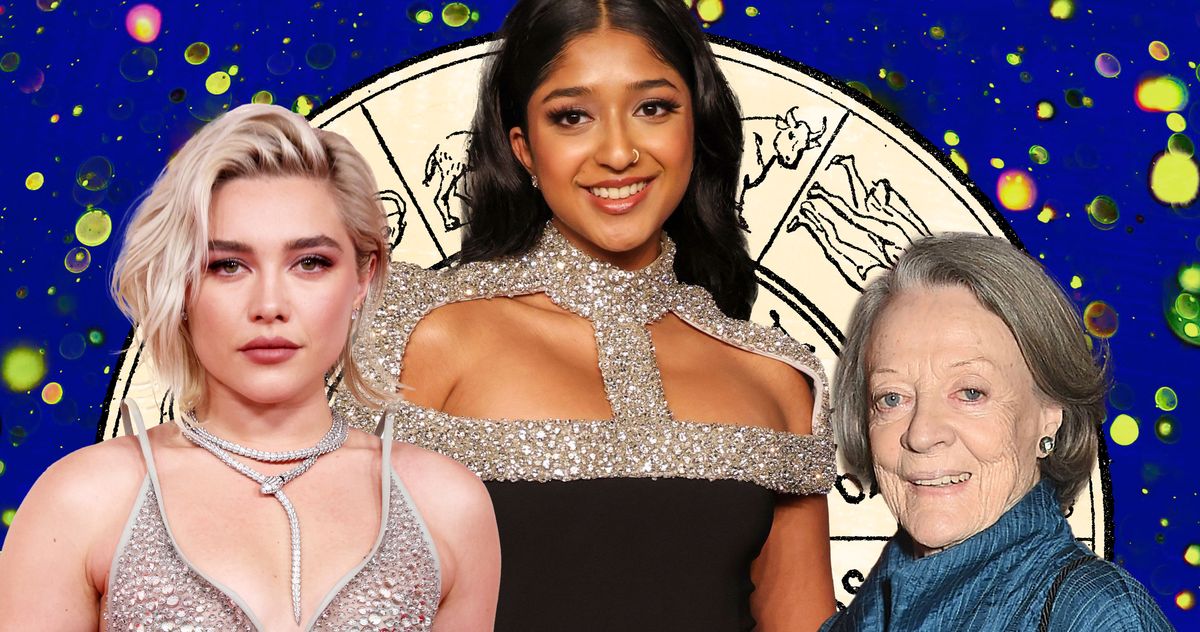I am humbled to have been invited to submit a monthly piece about arts and culture in our region and communities by my friends at The Gazette.
For the purposes of these submissions, I have requested that they be focused solely on the broader of the two: culture. For far too long, I have experienced the conversational distractions that occur when you tie the two together, “arts and culture.”
The arts, as most of us know them to be, are one effect of culture and if we truly paid attention to culture, in the most thoughtful sense, we could tie them together. But alas, most of us have been educated that they are separate — and the “arts” is somehow part of something unattainable to most and their best, most certainly unexplainable. Together, they are completely overused to a fault. There is SO much more to culture than just the creative artistic arm, important and relevant as that might be.
I feel I can say all this as I am, by training, a classical musician in piano and opera performance. All that aside, my life’s journey has taken me on a path of providing access to the arts and the profound consequence of understanding “culture.” There’s that word again.
Culture is truly one of the most misunderstood words in our vocabulary. Sometimes we think of culture as lofty, perhaps a trip to the symphony, or as accessible as the garden club or Harley Davidson owners.
Along the way, during my formative years, mostly through arts education and performance experiences and training, I came to understand culture as an ethereal place where people held space — their philosophies, values, dress, heritage, work, attitudes and, most importantly, though sometimes forgotten, where they came from.
The privilege of holding that space while sharing artistic expressions and conversations resulted in a trust, understanding and tolerance that became a part of how I evolved as a human. I cherish that and don’t for a moment take that for granted. I am forever grateful to my parents for moving me in that direction. I came to never really think about where someone came from or what they looked like — they simply were who they were and were always interesting. I was always curious to learn what they brought to the world.
Merriam-Webster defines culture “as the customary beliefs, social forms, and material traits of a racial, religious, or social group.” Also: “the characteristic features of everyday existence (such as diversions or a way of life) shared by people in a place or time.” Additionally, culture is “the set of shared attitudes, values, goals, and practices that characterizes an institution or organization.”
There are obvious reasons why these definitions have been used and understood by most when we think of culture — especially if we tie arts and culture together. After much consideration and for the sake of this conversation, I decided to go to yet another definition of the word culture: “to grow in a prepared medium.”
So let’s start there — What does culture look like in Colorado Springs; our little part of the globe, “our prepared medium.” I am inspired to say we have grown a magnificent culture at the base of the beautiful mountain, our Tava, our Pikes Peak, and our culture is more diverse than one might realize. We have a rich garden of cultures; Western heritage, military, wellness, education, arts, agriculture (and food), creative entrepreneurship and faith. Together, those are our pillars of culture and we continue to grow them in our prepared medium, the place we call home, Colorado Springs and the Pikes Peak region. The more we explore and have conversations about what lies within each of those pillars, the richer our culture and the more robust our lives.
I am excited to share this conversation with the Gazette readers. Each month, I will be bringing to you meaningful interviews with various people, “cultural beacons” from across the region who demonstrate the attitudes, values and practices of these various cultural pillars referenced earlier. These people are not the usual suspects. These cultural beacons have been committed to bringing the most varied and richest experiences to our collective culture.
They will open our eyes to the inspired cultural landscape all around us. My hope is that through these conversations we are left with a sense of context and curiosity to want to know more about who we are together — as different as we may be — and celebrate, honor and understand each other a bit more than we might today.
See you in September with the first cultural beacon interview.











